In celebration of International Women’s Day, I’ve taken a closer look at some of the famous, infamous and ordinary women that live within the 2400 carte-de-visites in the Howarth Loomes collection.

The carte-de-visite was patented in 1854 by André Adolphe Eugène Disdéri , a photographer based in Paris. Carte-de-visites were based on traditional visiting cards, so they were easy to create and cheap to manufacture. As a result, the ability to have your portrait captured was no longer the preserve of the wealthy. The carte-de-visite craze reached the UK around 1857. People loved to swap and share portraits, plus collect cards featuring photographs of the celebrities of the day.
In The Victorian era, celebrity culture was fed by the availability of photographic images of popular figures. This included writers, performers as well as politicians and leading figures in the church – people who would not be classed as ‘celebrities’ today. Among the notable female names, some are still familiar to us while others have faded into obscurity, despite experiencing the heights of fame and wealth enjoyed by some of the female performers of the 21st century.
Annie Oakley (1860 – 1926)
Born in 1860, Annie Oakley or ‘Little Sure Shot’ was an award winning markswoman famous for her prowess with a rifle. Annie began shooting game to feed and provide an income for her family after they were left destitute following the death of her father.
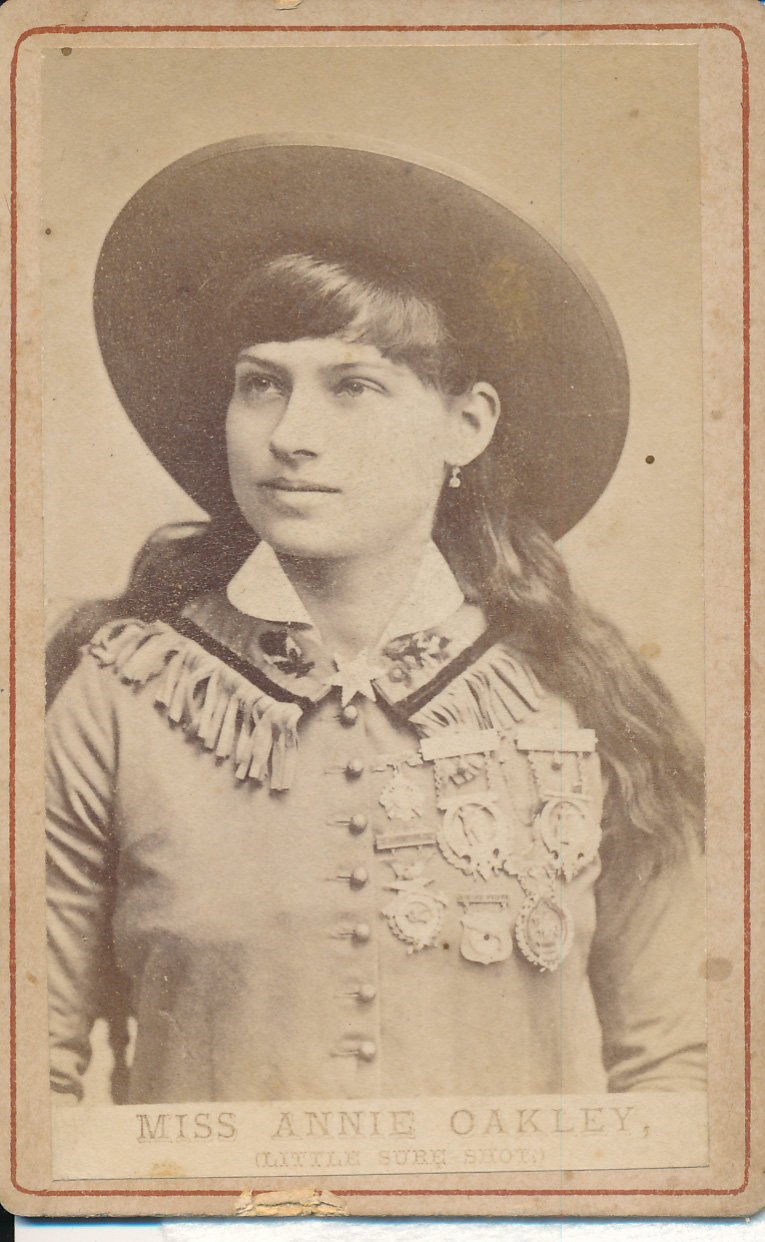
Aged 15 she entered her first shooting competition, beating her male counterparts to scoop first prize. It was here that she met her husband Frank Butler, a fellow competitor whom she beat in the final shoot. From 1885 to 1901 they toured the world performing with ‘Buffalo Bill’s Wild West Show’. Audiences were wowed by her ability to shoot a cork out of a bottle and snuff out candle flames with a single shot. Her aim was so steady that she was capable of hitting the thin edge of a playing card multiple times.
This footage of an 1894 Performance filmed in Thomas Edison’s recording studio gives an idea of the kind of show that Annie and Frank put on.
Adelina Patti (1843 – 1919)
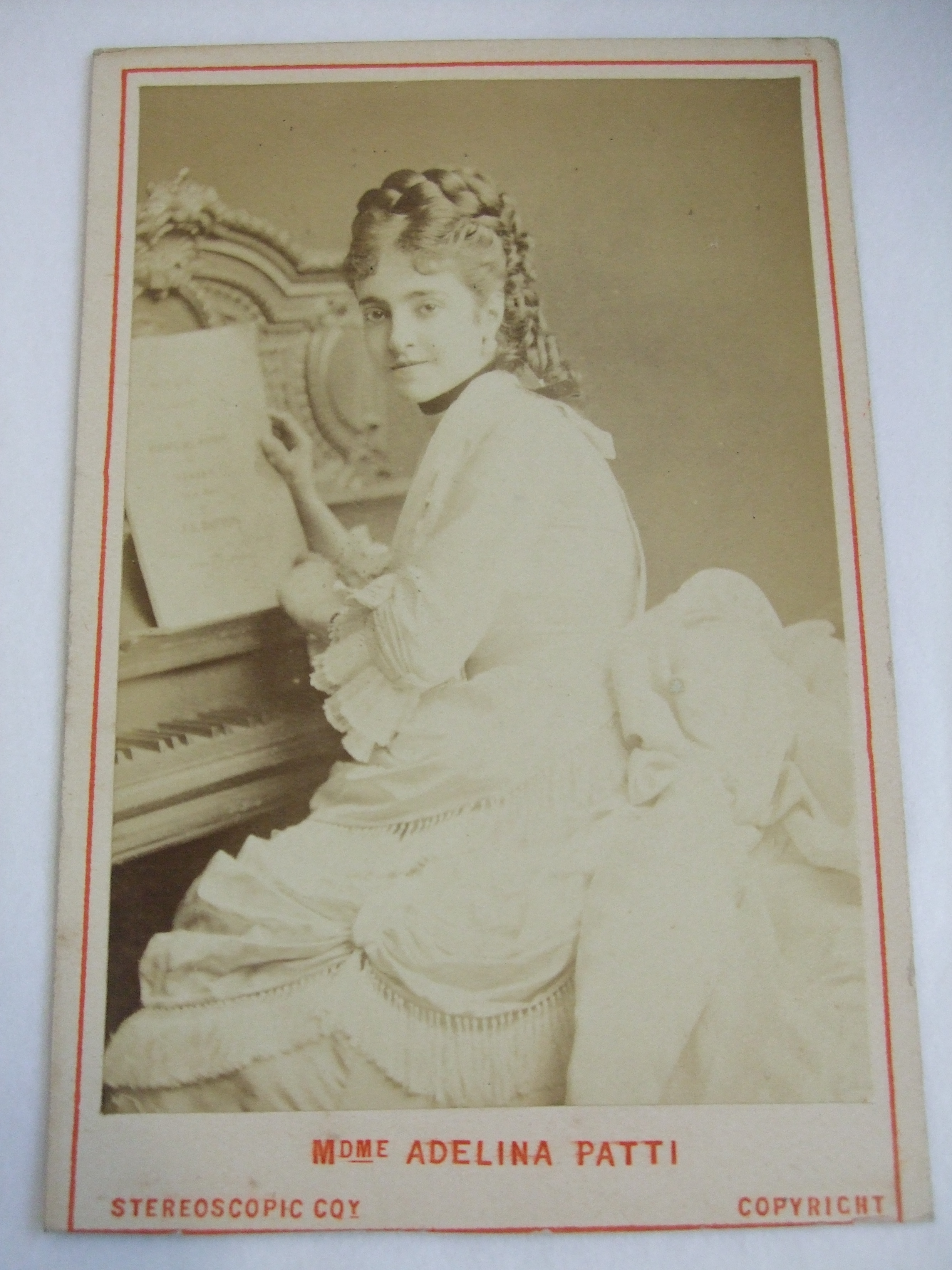
Less well known to us today is the Soprano Adelina Patti, who like Madonna or Adele in the 21st century was known simply by her performing name of Patti. In 1877 the composer Giuseppe Verdi described her as “a stupendous artist”.
On 20 February 1882, The Cincinnati Review published a glowing review of her performance at the Cincinnati Opera Festival, which had been enjoyed by Oscar Wilde as part of his tour of the United States. Her dazzling performances were so well known that he mentions her in one of his best known works, The Picture of Dorian Gray.
A number of recordings were made of Patti’s performances and although they were made towards the end of her life when a performing career of nearly 50 years had taken a toll on her vocal chords, they give a hint of the power her voice once held:
‘ T’was Within A Mile O’ Edinboro’ Town’ (Recorded in 1906)
Patti was also a great lover of billiards and would make guest appearances at major tournaments where she would wow the crowds with her trick shots rather than her voice.
Mrs Florence Bravo (1845 -1878)
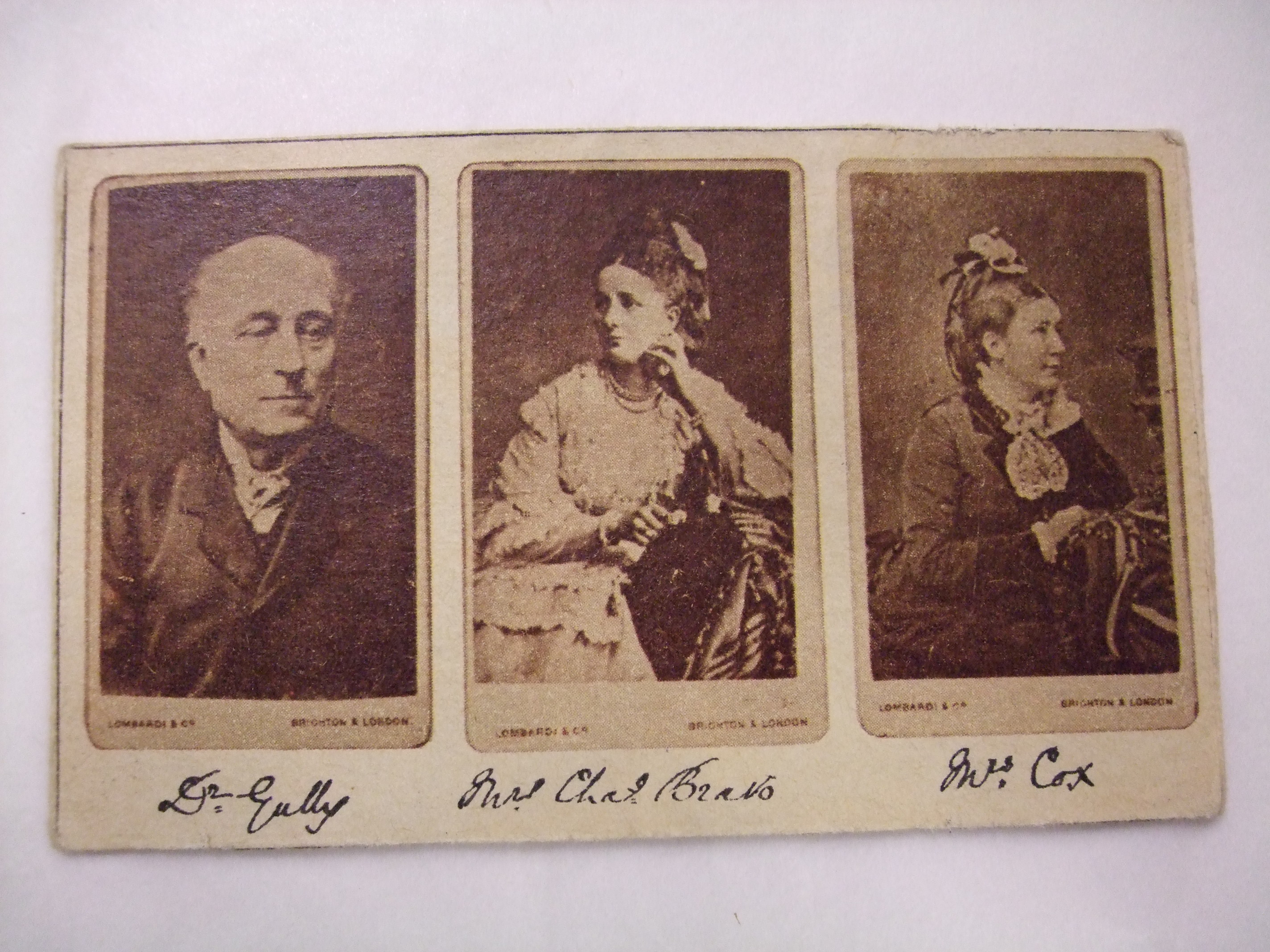
The Victorians loved a murder mystery as much as we do today. The story of the death by poisoning of the young Barrister Charles Bravo and the subsequent investigation and murder trial provided essential reading during the summer of 1876.
The three figures featured on this carte-de-visite – Mrs Charles Bravo (Florence, the young, beautiful and wealthy wife), Mrs Cox (the housekeeper threatened with the sack days before the death of Mr Bravo) and Dr Gully (who had an extra marital affair with Mrs Bravo) were the prime suspects in the case, each having an interesting enough back story and motive to kill Charles Bravo.
This blog post on the Balham murder by the Lilly Library, Indiana University, gives a full account of the case and illustrates how the press relished the sordid details of Florence Bravo’s life, much as the modern press do with women that defy societal norms today.
Crusaders
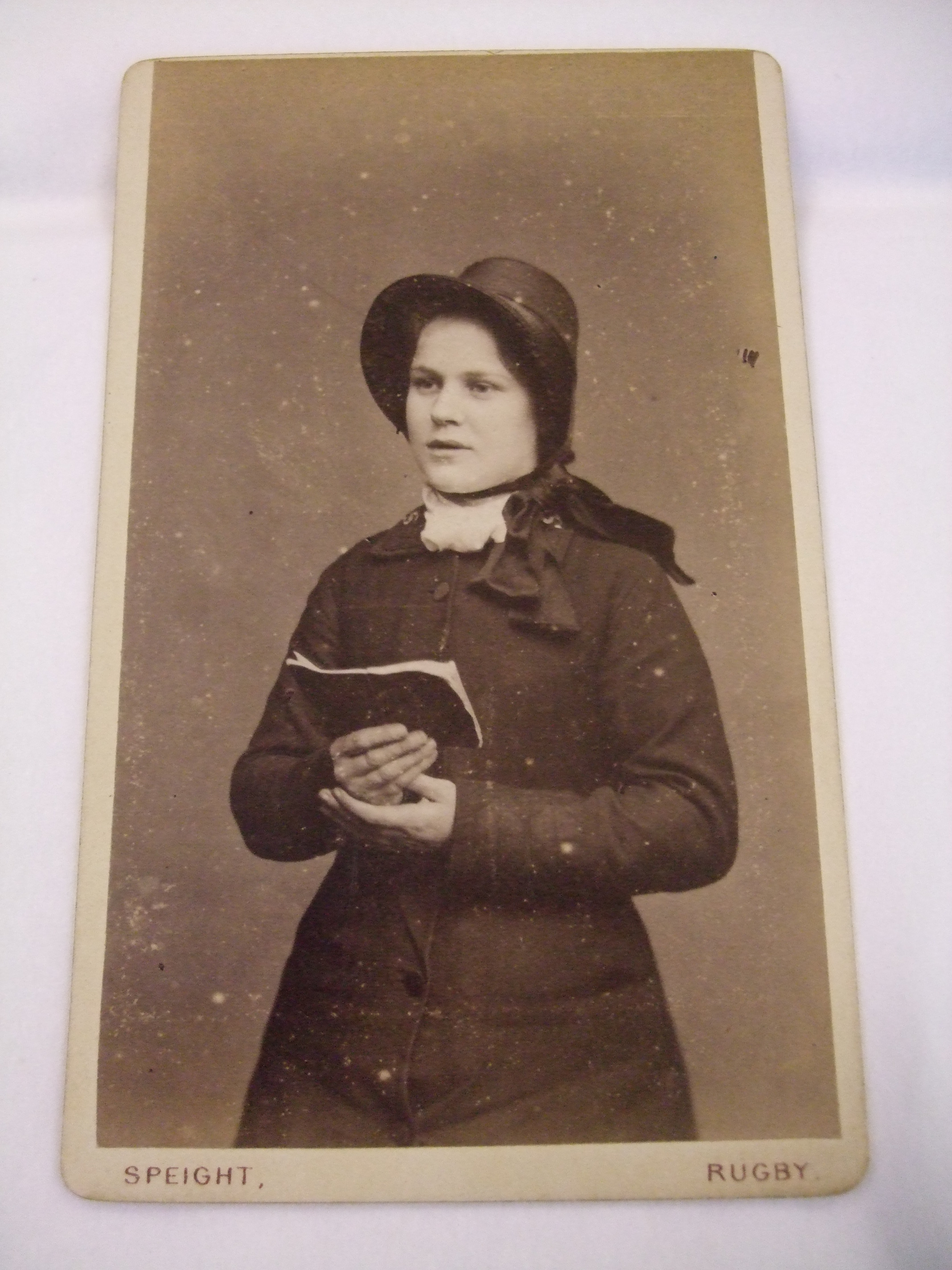
At the other end of the social scale we have two unknown women who are photographed wearing their Salvation Army uniforms and sashes. From the mid-19th century, women became increasingly involved in philanthropic causes, and organisations such as the Temperance Movement and the Salvation Army flourished. Women campaigning on behalf of the Temperance Movement often did so as they lived with the effects that excessive drinking had on the family; joining these groups gave them some sense of control and allowed them to push for changes in legislation surrounding licensing laws and the sale of alcohol.
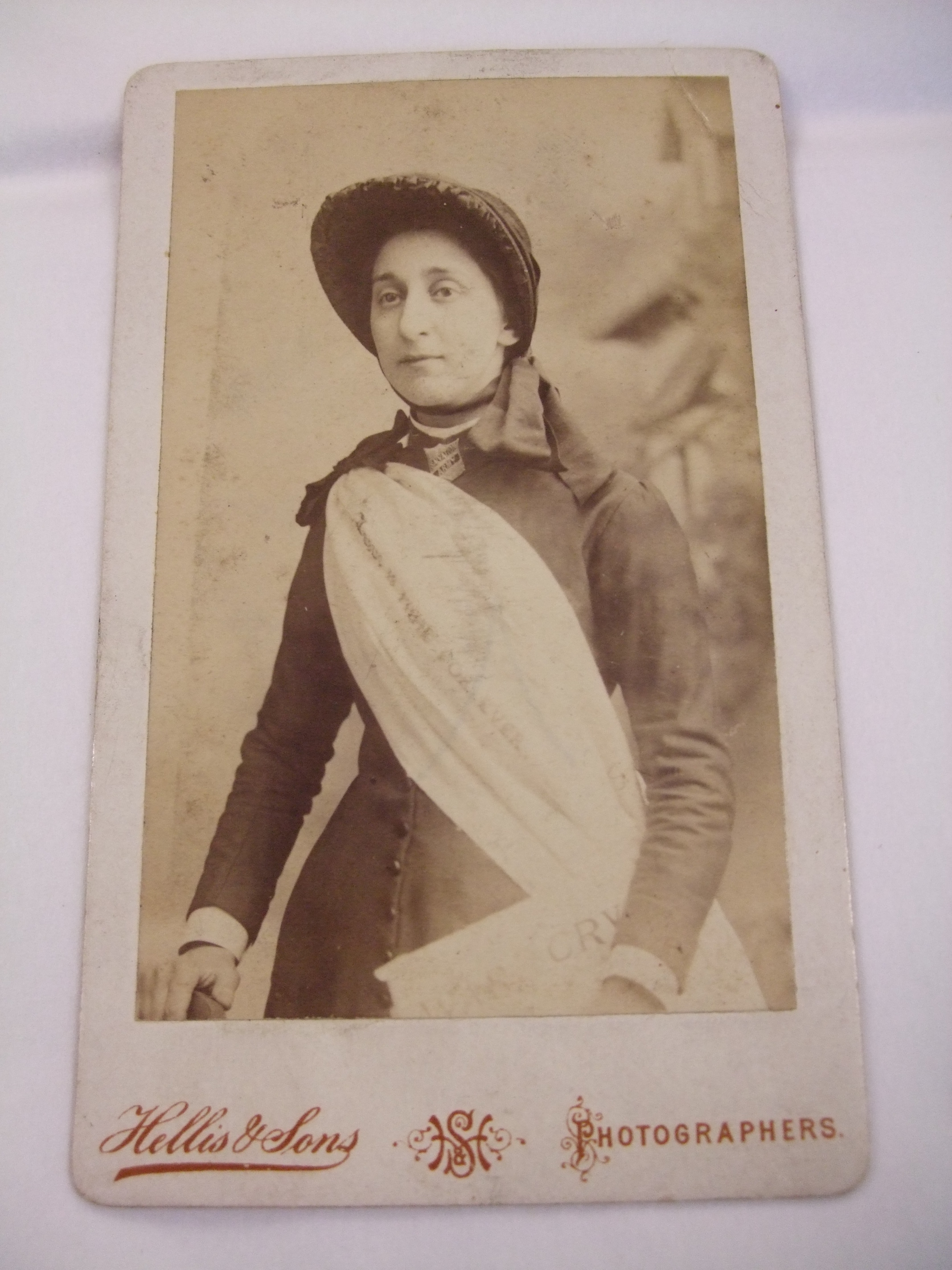
Catherine Booth, the wife of the founder of the Salvation Army William Booth, campaigned extensively to give women an expanded role in the church through delivering sermons and spreading the Christian message on the street. In 1876, she set up the first refuge in Whitechapel for women escaping domestic violence and prostitution. The work of the Salvation Army continues in much the same vein today, providing support for people in need in over 120 countries.
Mothers
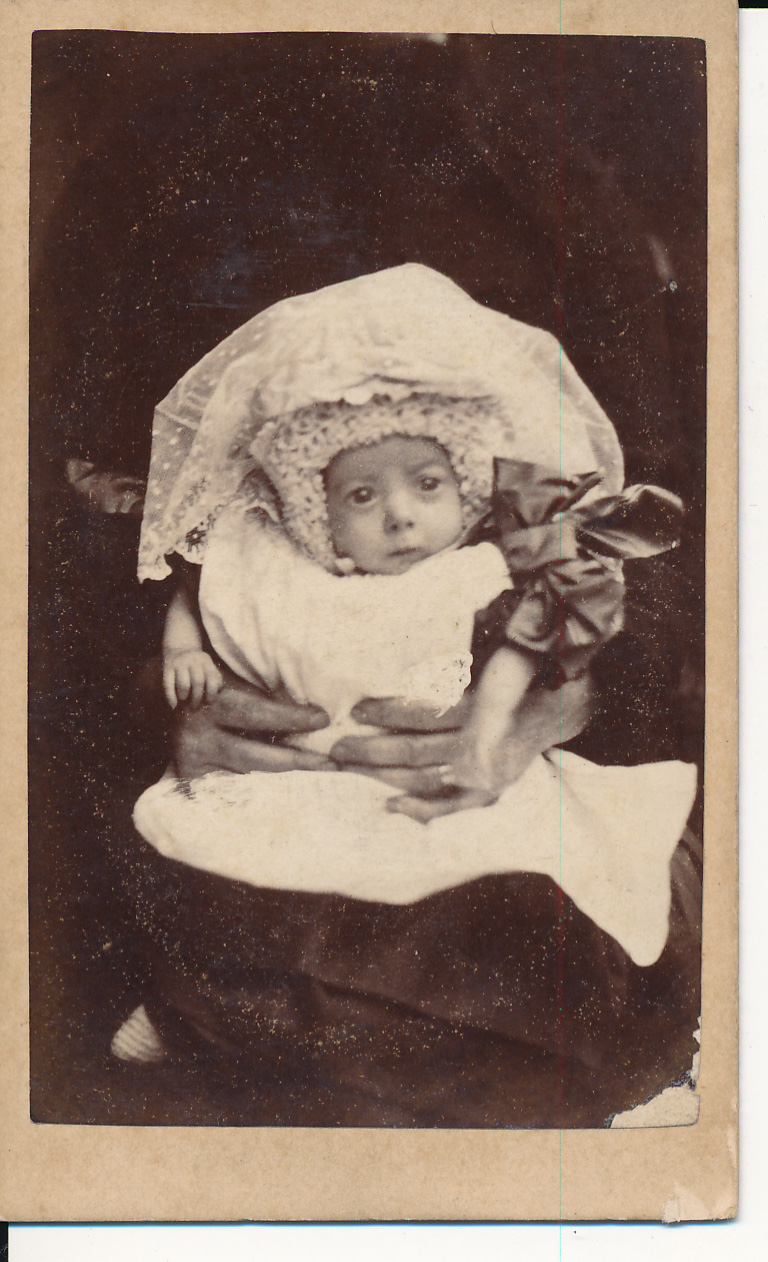
Finally, we have an image capturing the unseen work of the majority of women during this period. A handwritten note on the back of the card reads ‘See Ma’s hands’.
